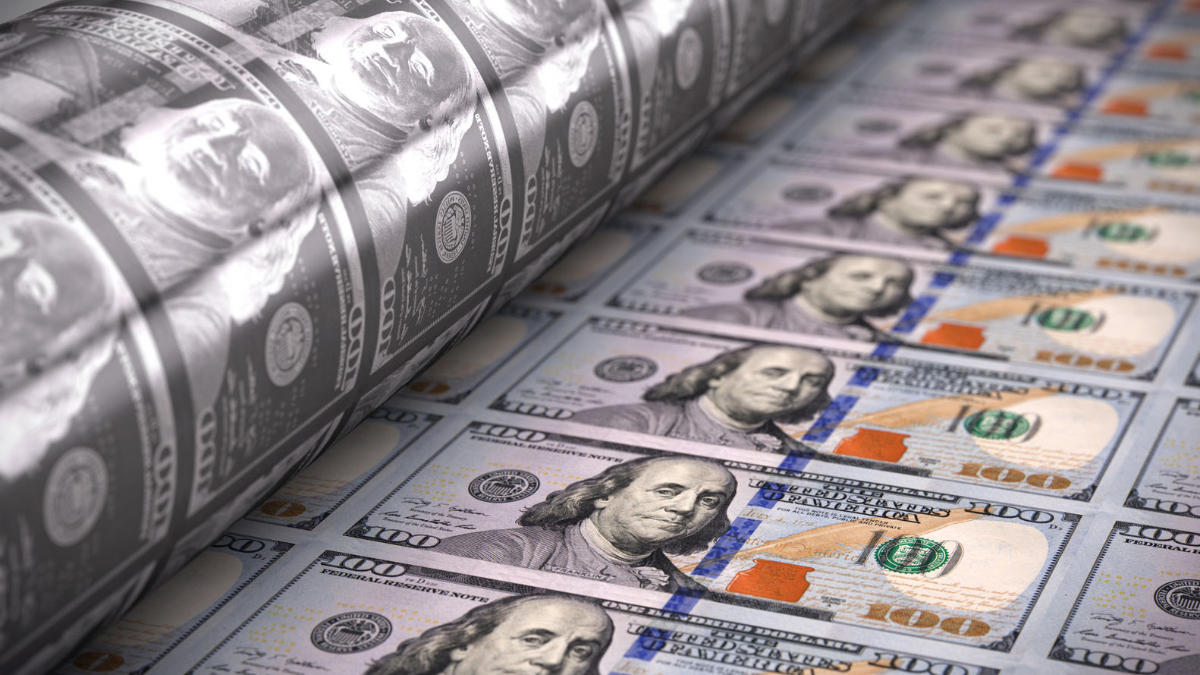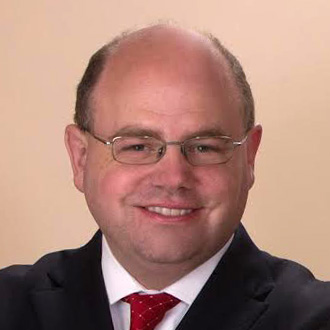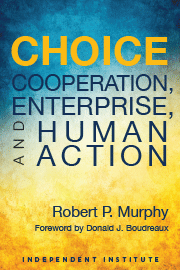With Federal Reserve vice chairman Stanley Fischer’s resignation, President Trump will get to appoint five of the seven members of the Fed’s board of governors. This will include the chair when Janet Yellen’s term expires early next year. According to Diane Swonk of DS Economics, “It’s the largest potential regime change in the leadership of the Fed since 1936.”
Trump thus has the opportunity to fill the Fed with economists who understand the Pandora’s box that former chairman Ben Bernanke opened when he created an unprecedented amount of money to rescue particular economic sectors during the last financial crisis.
In August 2008 (just before the financial crisis struck the world’s major economies), Federal Reserve banks held some $900 billion in total assets. By December—just four months later—the Fed’s assets had risen beyond $2.2 trillion and currently stand at around $4.5 trillion. That’s how fast the Fed bought not only Treasury securities but also record numbers of mortgage-backed securities.
At the time, Bernanke and his supporters argued that three rounds of money creation, dubbed “quantitative easing” (QE), were necessary to resuscitate the housing sector and to prevent another Great Depression. Early on, many critics (myself included) were alarmed at the possibility of significant consumer price inflation, although some of us admittedly were premature in our warnings.Yet beyond the threat of sticker shock at the retail level, the Fed’s response to the financial crisis was dangerous for other reasons. Regardless of the ostensible economic benefits of the Fed’s actions, its bailout of specific assets—notably, mortgage-backed securities—was a serious departure from its usual conduct. Indeed, in an article in which I called Bernanke “The FDR of Central Banking,” I explained that the huge expansion of Fed’s discretion was not only unprecedented but arguably illegal.
To see the potential problem, imagine that the Food and Drug Administration (FDA) could create more than $1 trillion to buy factories and pharmaceutical supplies from the very drug companies it regulated. Surely this type of program would be an obvious invitation for corruption.
Things are similar with the financial sector. Regardless of the effects on the broader economy, there is clearly a political danger when the Federal Reserve can snap up some $1.7 trillion in mortgage-backed securities, the “toxic assets” that threatened to topple major investment banks. The Fed bailed out very rich and politically connected bankers who had made foolish decisions during the housing bubble years. One doesn’t have to be paranoid to think these policies were at least partly motivated by cronyism, not concern for the commonweal.
To add insult to injury, the Fed’s cherished “independence” meant that Bernanke didn’t even have to tell Congress which banks were benefiting from the “extraordinary” rescue programs as they were being rolled out. (Bernanke claimed at the time that disclosing the names of particular banks would defeat the purpose of the programs, since the public would “run” against any bank that was apparently in trouble. The Fed was forced to disclose some of the information in 2011 after a Supreme Court ruling.)
Beyond the temptation of corruption, the other problem with the Fed’s “easy” credit policy is the distortion caused by artificially low interest rates. As economists of the Austrian school stress, interest rates are market prices that serve a definite social function by communicating information about household preferences and resource availability.
By pushing interest rates down to near-zero for several years, the Fed has given entrepreneurs faulty signals. Firms are encouraged to start long-term projects for which society as a whole does not have adequate real savings to finish. It is the same pattern we saw after the dot-com crash, when then-chairman Alan Greenspan slashed interest rates to boost the economy, only to help fuel a housing bubble.
The true path to economic growth relies on genuine saving and private-sector investment guided by accurate price signals. President Trump has the opportunity to staff the Fed with economists who understand the importance of shrinking the Fed’s footprint in financial markets and who will resist the temptation to flood the credit markets with easy money if and when the next crisis strikes.










